#Lynton Funicular Railway
Text
Cleeve Abbey, Somerset

CLEEVE ABBEY,
SOMERSET.
Blog by Lynne Pearl
It had poured with rain most of the day, but there was a gap in the clouds and the sun came out, so we made a dash for it. We left behind Halsway House, the National Centre for the Folk Arts, which is on the road from Bishops Lydeard (Home of the West Somerset Heritage Railway, and Taunton, direct to Minehead. Somewhere on that road we knew there was an abbey and we wanted to find it. Just a few miles outside of Minehead we found the signs to Cleeve Abbey at Washford.

We parked the car where it was dry and approached the area on foot. The first building we came to was a gatehouse and there was a notice there from the ‘Almoner’ to say that this was where food was given to the poor. In other words, until 1539 or thereabouts the monks helped the local people when they were in trouble, needed food. It was encouraging that the virtual beginnings of a much later welfare state had existed so long ago, an ethos of giving to others less fortunate. Then beyond the gatehouse there is nothing until one reaches a building that looks like a later farm house. A drainage ditch or water supply leads from the gatehouse to the main buildings or the ruins of them that are left.
Although Henry the eighth would have shut this monastery down three hundred years ago, there is still the most complete cloister intact inside the grounds. The four sides of the cloister exist and the upper storey, which is much more than in many more famous abbey ruins. At Glastonbury the cloister does not exist but one can see breadth and depth of it by the markings of foundations in the grass where it once stood.
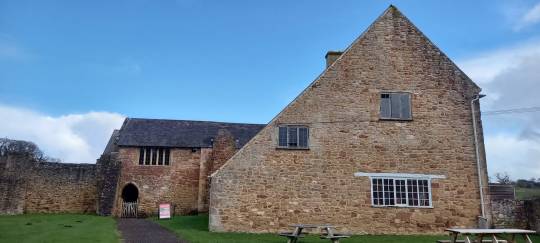
There isn’t the size or grandeur of Tintern Abbey and the poetry attached to it or the fame of King Arthur’s burial place at Glastonbury but maybe that is why so much of the cloister is left at Cleeve. The abbey is situated in an out of the way place, a farming community on the edge of Exmoor. Probably it was left alone and forgotten.
Outside the abbey grounds the local river was running high with red brown mud from the rain. We drove on towards magnificent Dunster Castle that overlooks the ancient Yarn Market and central square.
Beyond that were the mysterious beaches of Minehead where Exmoor meets the sea like a Swiss mountain running down to the black rocks of the sea and the funicular railway that sits at Lynmouth, rising to Lynton above.
0 notes
Text
Dual Mode Vehicle (DMV), Asa Coast Railway, Shikoku, Japan vs Lynton and Lynmouth Cliff Railway, Lynmouth, England, UK

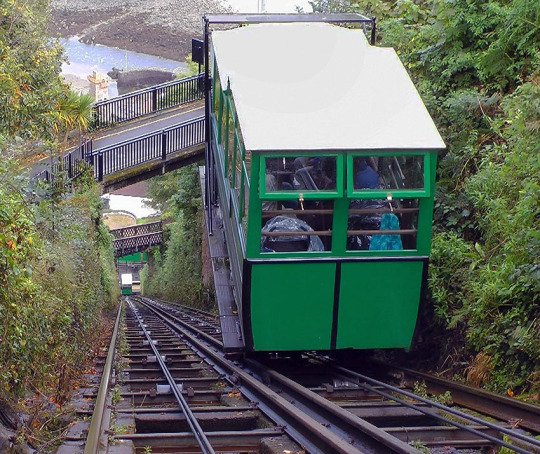
DMV: It can change between being a bus and a train
Lynton and Lynmouth Cliff Railway: It’s a funicular! And the world’s highest and steepest completely water powered railway!
10 notes
·
View notes
Text
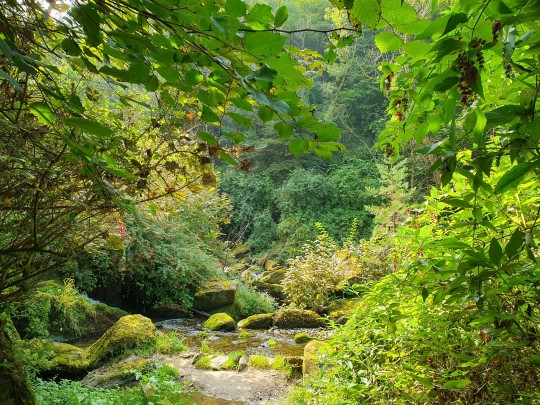
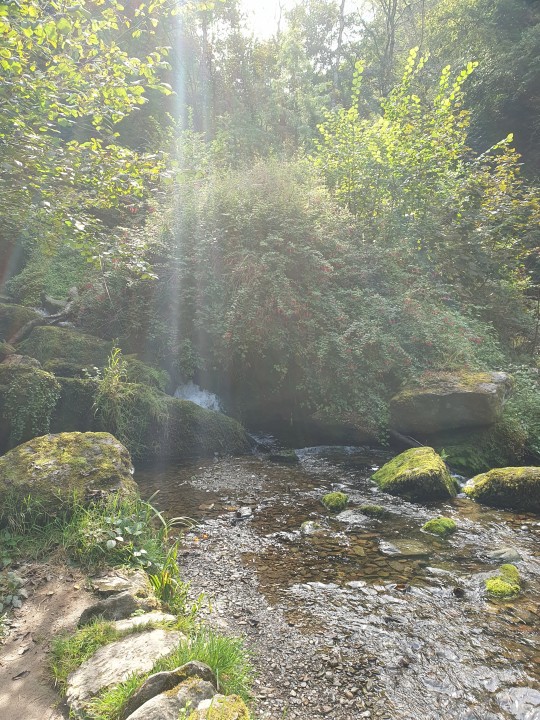
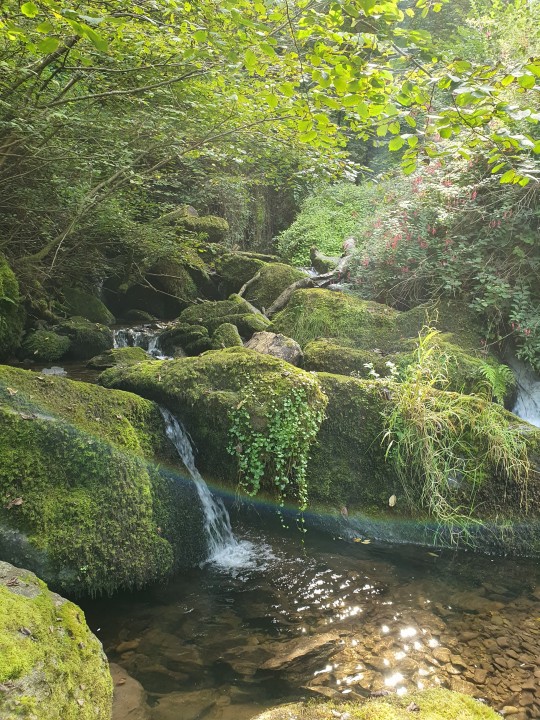

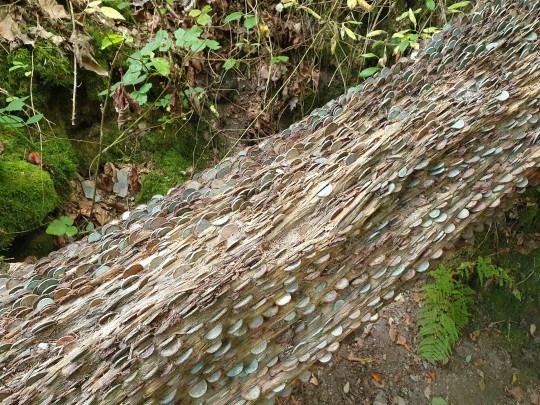
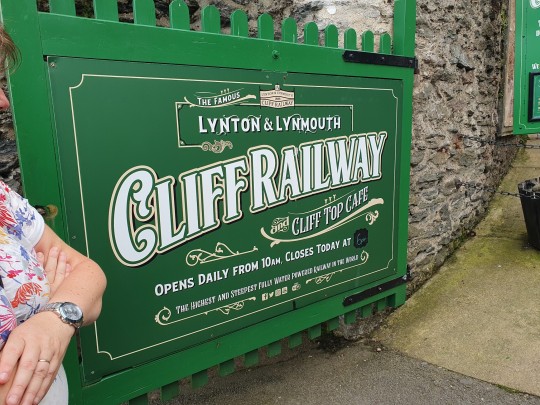


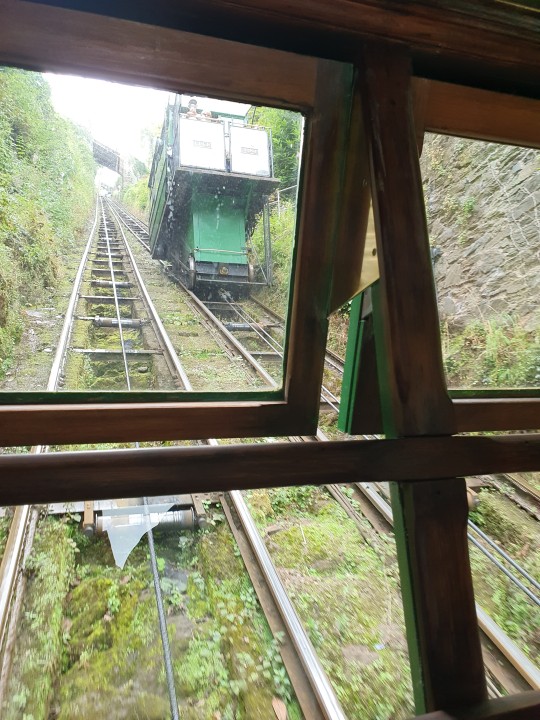
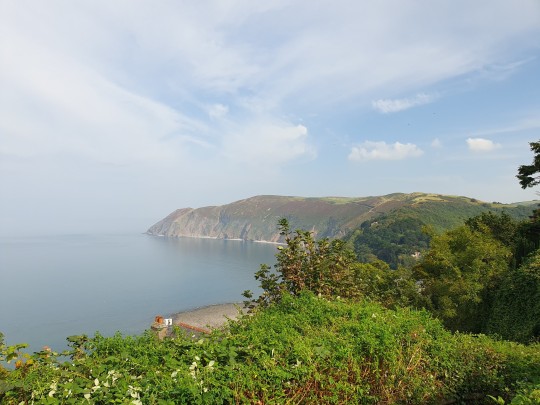
Lynton & Lynmouth fun 2/3; more Gorge and putting the fun into funicular railway! The L&L railway is the longest and steepest waterpowered funicular railway in the world 💧🛤
#rl shit#there was a cool penny tree with v old coins in it#and the funicular was extremely fun aswell although the queue was really starting to get long for it
5 notes
·
View notes
Photo


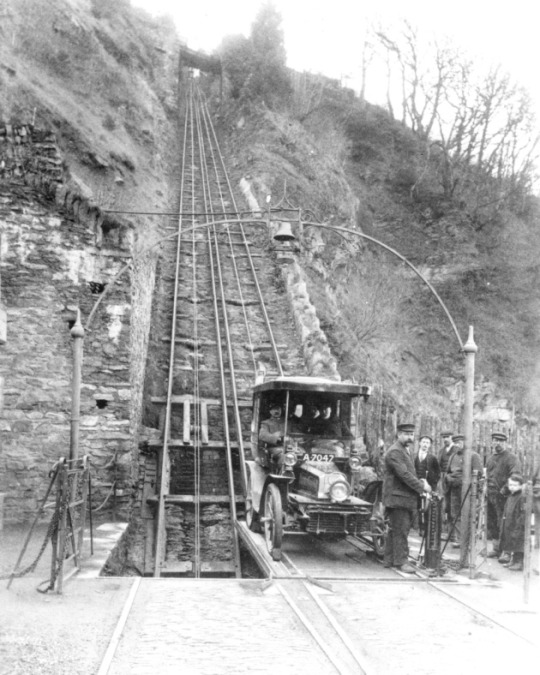
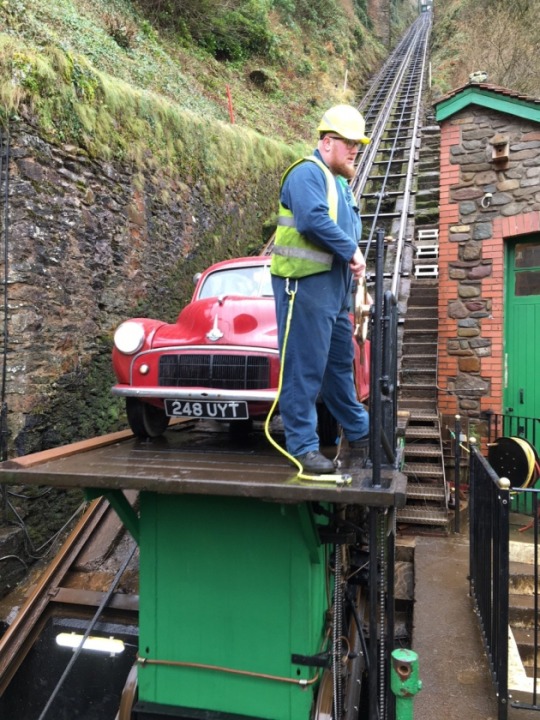
7th April 1890 - The opening of the Lynton and Lynmouth Cliff Railway in North Devon.
A funicular railway connecting the twin towns of Lynton and Lynmouth.
It is the UK’s only fully water-powered railway and, it is the highest and steepest water-powered cliff railway in the world.
In the 19th Century the high cliffs separating the villages of Lynton and Lynmouth were a major obstruction to economic and social development in the area. Access by land travel over Exmoor was extremely difficult and, the villages were reliant on sailing ships to deliver food, coal and other essentials. Goods then had to be transported up the cliff paths by packhorses or horse drawn carts. The steepness of the paths meant the poor working horses did not have a very long working life.
The idea for a tramway linking the villages was first suggested by an anonymous letter to a local newspaper in 1881.
Engineer George Croydon Marks and his business partner Sir George Newnes began working on the project in 1885 and, the railway was officially opened on Easter Sunday five years later.
55 notes
·
View notes
Video
Lynmouth, Devon by clivea2z
Via Flickr:
Not been able to take any photographs recently so have found this one in the archives. The small costal town of Lynmouth, Devon has always been one of my favourite places since I first went there on holiday as a child. It is a popular holiday destination and provides easy access to the Exmoor National Park, an area of outstanding natural beauty. Sadly it is renowned for the fact that on 15 and 16 August 1952 the town was devastated by a flash flood of water after heavy rainfall high on Exmoor. Waters rushed down the River Lyn destroying or seriously damaging more than 100 houses. Thirty four people lost their lives. Today, along with its near neighbour town of Lynton on top of the hill above Lynmouth, it receives many visitors. The two towns are linked by an amazing Victorian cliff railway which is powered by nothing more than water and the force of gravity!
#United Kingdom#Great Britain#England#Devon#North Devon#Lynmouth#Lynton#Cliff Railway#Funicular Railway#Exmoor#Exmoor National Park#North Devon Coast#Thatched Roofs#Cottage#Thatched Cottages
0 notes
Text
Lynton and Lynmouth Cliff Railway
WHERE I HAVE BEEN 723
The Lynton and Lynmouth Cliff Railway is a water-powered funicular railway joining the twin towns of Lynton and Lynmouth on the rugged coast of North Devon. This working heritage railway is grade II listed and started operations in 1890. The gentle 862 feet climb gives stunning views of the Exmoor landscape and Lynmouth’s charming harbour below. Diane and I have travelled on this funicular railway many times.

0 notes
Photo
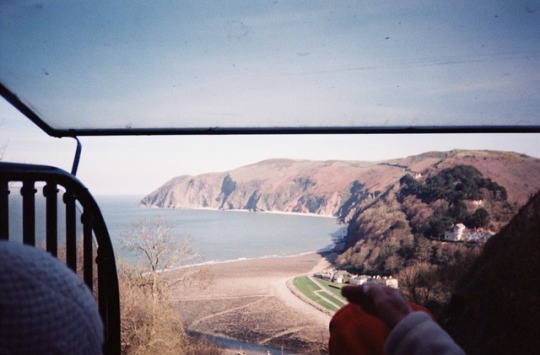
Funicular Railway, Lynton to Lynmouth
#35mm#film#photography#expiredfilm#dorset#funicular#lynton#lynmouth#view#seaside#landscape#nature#spring#2017#photographersontumblr
0 notes
Photo
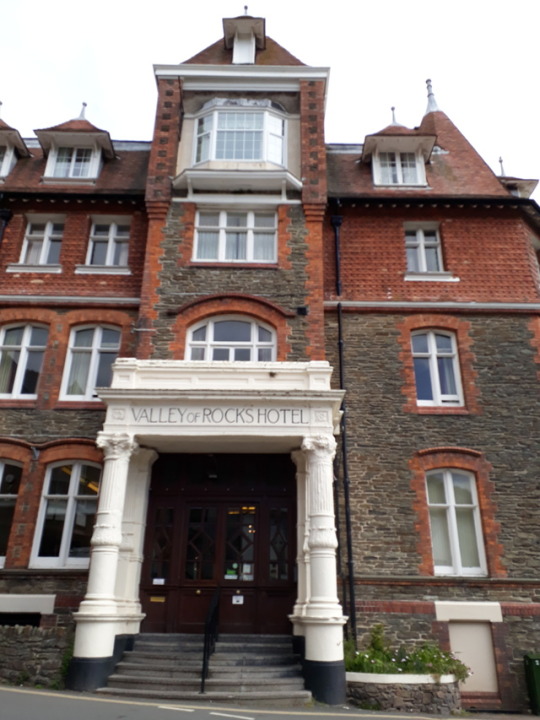
At the top we arrived in Lynton and had a very brief wander. By this time I was getting hungry and desperate for a bacon sandwich popped into what looked like a nice cafe but all I got was a dried cheap nap with two bits of bacon that didn't even fill the bap and a luke warm late. Ate the bacon and drank the coffee then we headed for the funicular railway to take us back down yo Lynmouth. I would have loved yo have stayed another hour or so so we could have walked yo the valley of the frocks that this grand hotel was named after but of course we had an appointment to keep.
0 notes